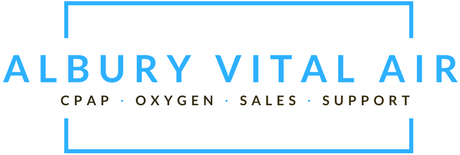Full Face Masks
CPAP full face masks cover the nose and mouth and all, or part, of the face with side straps that keep the mask in place. Some hybrid face masks cover the mouth but also have nasal prongs that fit into the nostrils like a nasal pillow.
The Benefits of using a Full Face Mask
- Face masks are ideal for mouth-breathers and those that haven't worked well with the nasal mask/chinstrap combination.
- Ideal for patients who that have nasal obstructions or frequent congestion due to allergies or cold symptoms.
- Oddly enough, some claustrophobic patients have preferred the full face mask that covers the entire facial area, as the mask only touches the outsides of the face. Whereas the nasal pillows and nasal masks touch the upper lip and/or the bridge of the nose.
- Works well for very high CPAP pressure settings because the wide surface area of the mask makes it feel as if the pressure is more tolerable and less direct than with other masks.
- Works well for those that sleep on their back as the supine position is best for an optimal air seal. However, the added straps and support help keep the mask in place for restless sleepers.
The Challenges of using a Full Face Mask
- Because of the larger surface area, there is a higher chance of air leakage.
- Some users complain of air leakage near the top of the mask, causing dry, irritated eyes.
- Most claustrophobic patients can't tolerate the extra material and weight of the full face mask, although there are some exceptions.
- Full face masks can make it difficult to read or watch TV in bed or wear glasses.
- If you're a stomach sleeper, the bulk of the mask may make it difficult to sleep comfortably on your abdomen.

